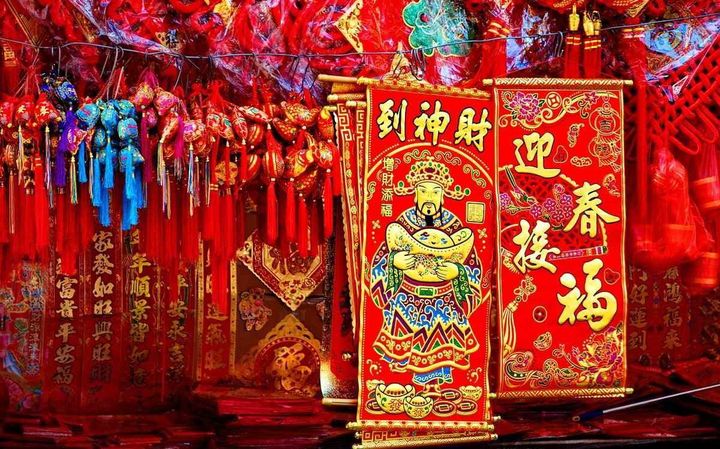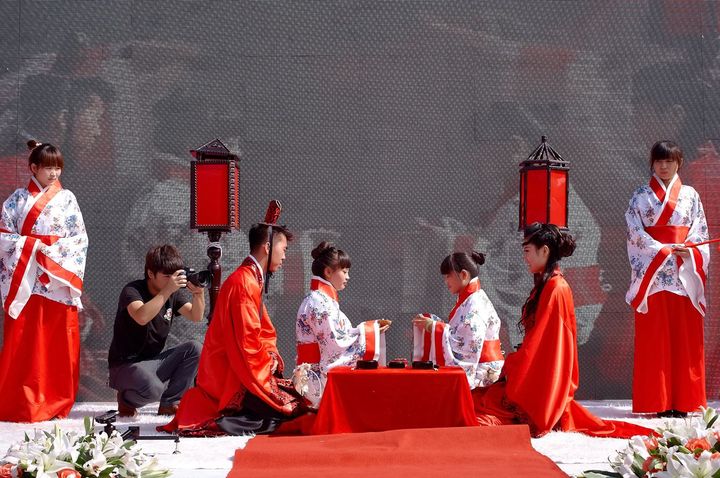The Han Chinese, constituting the majority ethnic group in China, possess a diverse tapestry of customs and traditions that reflect their rich cultural heritage. These customs, deeply rooted in history, shape the social fabric and identity of this prominent ethnic group.
Festivals and Celebrations

Mid-Autumn Festival (Moon Festival): Celebrated on the 15th day of the eighth lunar month, families gather to appreciate the full moon, indulge in mooncakes, and share stories of Chang’e, the Moon Goddess.
Etiquette and Social Practices
Respect for Elders: Filial piety is deeply ingrained, emphasizing reverence for elders and ancestral traditions. This extends to bowing, use of honorifics, and adherence to hierarchical structures within families.
Tea Culture: Tea plays a significant role in Han Chinese customs, symbolizing hospitality and respect. Tea ceremonies are occasions for social interaction and honoring guests.
Wedding Customs

Dragon and Phoenix Symbols: These symbols, representing the groom and bride respectively, often feature prominently in traditional Chinese weddings, symbolizing power, strength, and harmony.
Cultural Practices
Calligraphy and Brush Painting: Artistic endeavors like calligraphy and brush painting are revered. Calligraphy, in particular, embodies a blend of aesthetics, culture, and skill, often reflecting virtues like patience and precision.
Feng Shui: The belief in harmonizing with the environment through proper spatial arrangement and orientation is a significant aspect of Han Chinese cultural practices.
Food and Dining Customs
Diverse Cuisine: With a rich culinary heritage, Han Chinese cuisine varies across regions, emphasizing flavors, textures, and seasonal ingredients. Dining customs often involve sharing dishes communally.
Symbolic Foods: Certain foods carry symbolic meanings, such as longevity noodles representing a long life and fish symbolizing prosperity.
The customs of the Han Chinese embody a vibrant tapestry of traditions, reflecting the depth of their cultural heritage. These practices, passed down through generations, continue to shape the identity and social fabric of one of the world’s oldest and most influential civilizations.